Microsoft's new Surface Go is still not an iPad killer
Microsoft is at it again with yet another Surface hardware release. But, as with the rest of the Surface line, it doesn't look like the Surface Go will make much of an impact in the markets it seems to be aiming for.
The hardware
Billed as the "smallest, lightest, and most affordable" Surface to date, Microsoft's new Surface Go uses the seventh-generation Kaby Lake process Pentium Gold 4415Y, into a chassis with a 10-inch 1,800-by-1,200 pixel PixelSense Display, front and rear cameras, Surface Connect magnetic charging and docking port, USB-C port, a MicroSD card reader, headphone jack and Surface's trademark friction hinged kickstand.
Wi-Fi only models will be available at launch, with cellular-equipped versions shipping later this year.
Like other Surface hardware, Surface Go boasts compatibility with Surface Pen, Microsoft's custom designed stylus that affords 4,096 levels of pressure sensitivity, low latency and high precision input. Other supported accessories include a down-sized Type Cover with trackpad to match the new model's dimensions, as well as the Surface Mobile Mouse.
The Surface Go ships with Windows 10 in "S" mode. It can be shifted to Windows 10 Home for free, and Windows 10 Pro is available as a $50 upgrade.
Surface Go will go up for pre-order on Tuesday, July 10, in Australia, Austria, Belgium, Canada, Denmark, Finland, France, Germany, Ireland, Italy, Luxembourg, Netherlands, New Zealand, Norway, Poland, Portugal, Spain, Sweden, Switzerland, the UK, and the U.S. ahead of store availability on Aug. 2.
Microsoft plans to extend sales to China, Hong Kong, Japan, Korea, Malaysia, Singapore, Taiwan, Thailand in the coming weeks, with more regions to follow.
This is Microsoft's third crack at less expensive Surface hardware. The first Windows RT effort failed, and the Surface 3 Intel Atom-powered device didn't fare that well either.
Issues at the low end
The biggest problem for the performance oriented user with the $399 model will be 4GB of RAM that the device has. Couple this with the very slow eMMC that the cheapest model uses for storage, and the device is pretty hampered from the get-go.
A second model is also available for preorder now, with 128GB of SSD storage eliminating the speed hit from the eMMC, and 8GB of RAM. The higher-end model retails for $549.
Microsoft itself recommends at least 8GB for Windows 10. And, like the iPad, a keyboard is optional, and extra. That starts at $99 for the Microsoft solution.
As far as the rest of the lineup goes, the Surface Laptop is $999. The Surface Pro tablet starts at $799 without a keyboard. Both are notably faster than the Pentium Gold 4415Y in the Surface Go.
It appears that the Surface Go exists more to up-sell potential buyers to the Surface Laptop or Surface Pro, than as a viable product to seize marketshare in its own right.
But... why?
Windows, by itself, is not a bad operating system. In many respects, it is an engineering miracle that it works at all, given first principles that require it to support disparate hardware combinations..
Those first principles are why tablets like the Surface Go and others of its ilk can exist in the first place, running the same software. But, Windows 10 is in no way a touch-centric operating system — to its detriment on tablets.
Like we've said before, Apple likes to maintain the "whole stack," and remains a software company, more than a hardware one. If you're reading AppleInsider, you probably agree with us that macOS and iOS are the right tools for the jobs that they fulfill, rather than shoe-horning one operating system across myriad needs.
Regarding the hardware, our best guess why Microsoft rolled out the Surface Go is to try and capture the school marketshare from Chromebooks, hoping that the Windows mind-share will carry the day. But, at this price point without a keyboard, it won't do that for the same reasons that the iPad is struggling mightily in that sector.
From a Windows-centric consumer and enterprise standpoint, there are better Windows tablets and full laptops to be had from other manufacturers. Dell, Acer, and Asus have many choices with better performance than the low-end Surface Go, as do many others, for less money.
Compared to other Windows hardware vendors, it even fails as a laptop replacement. How it will stack up against Apple's new advertising focus positioning the iPad as a laptop replacement remains to be seen. But, given the Surface line's lackluster performance in a shrinking PC market, right now it doesn't seem like it will make a dent at all.
This time around, Apple is in a better position, with a cheaper and faster solution to the tablet problem with the sixth generation iPad released in the spring. Certainly, Apple now sits in an different position in this battle with Microsoft versus the rest of the other ones over nearly 40 years of skirmishes.
 Mike Wuerthele
Mike Wuerthele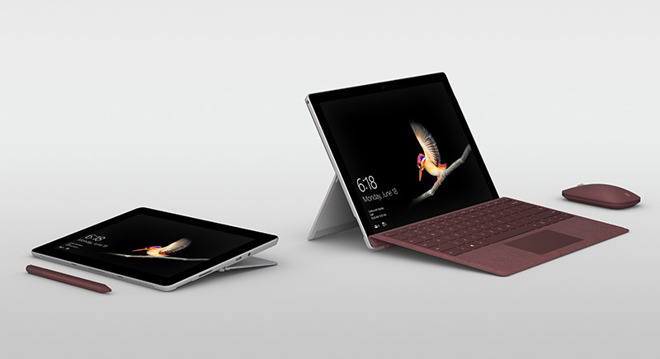
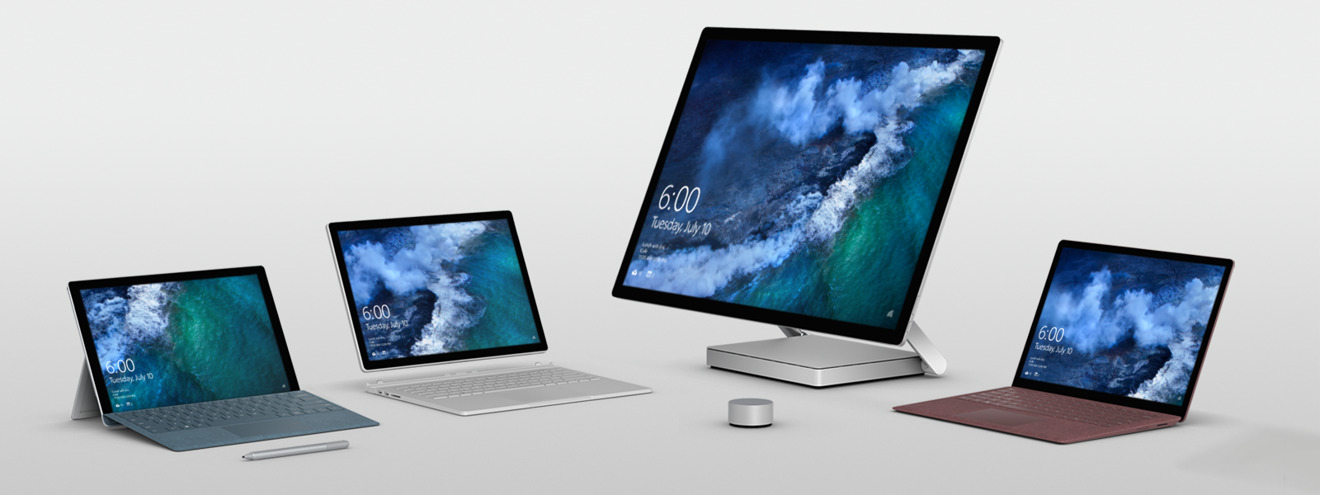










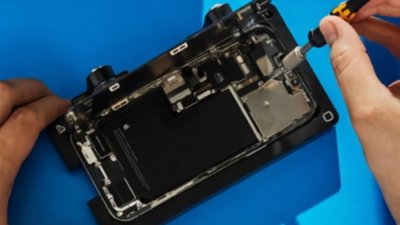
 William Gallagher
William Gallagher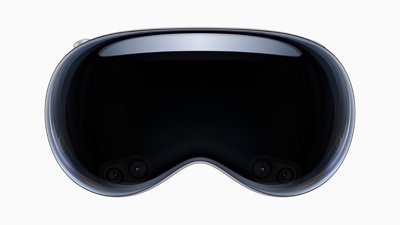
 Andrew Orr
Andrew Orr
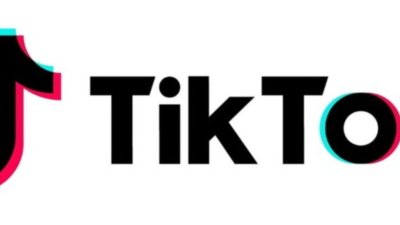

 Marko Zivkovic
Marko Zivkovic
 Amber Neely
Amber Neely
 Christine McKee
Christine McKee
 Malcolm Owen
Malcolm Owen




